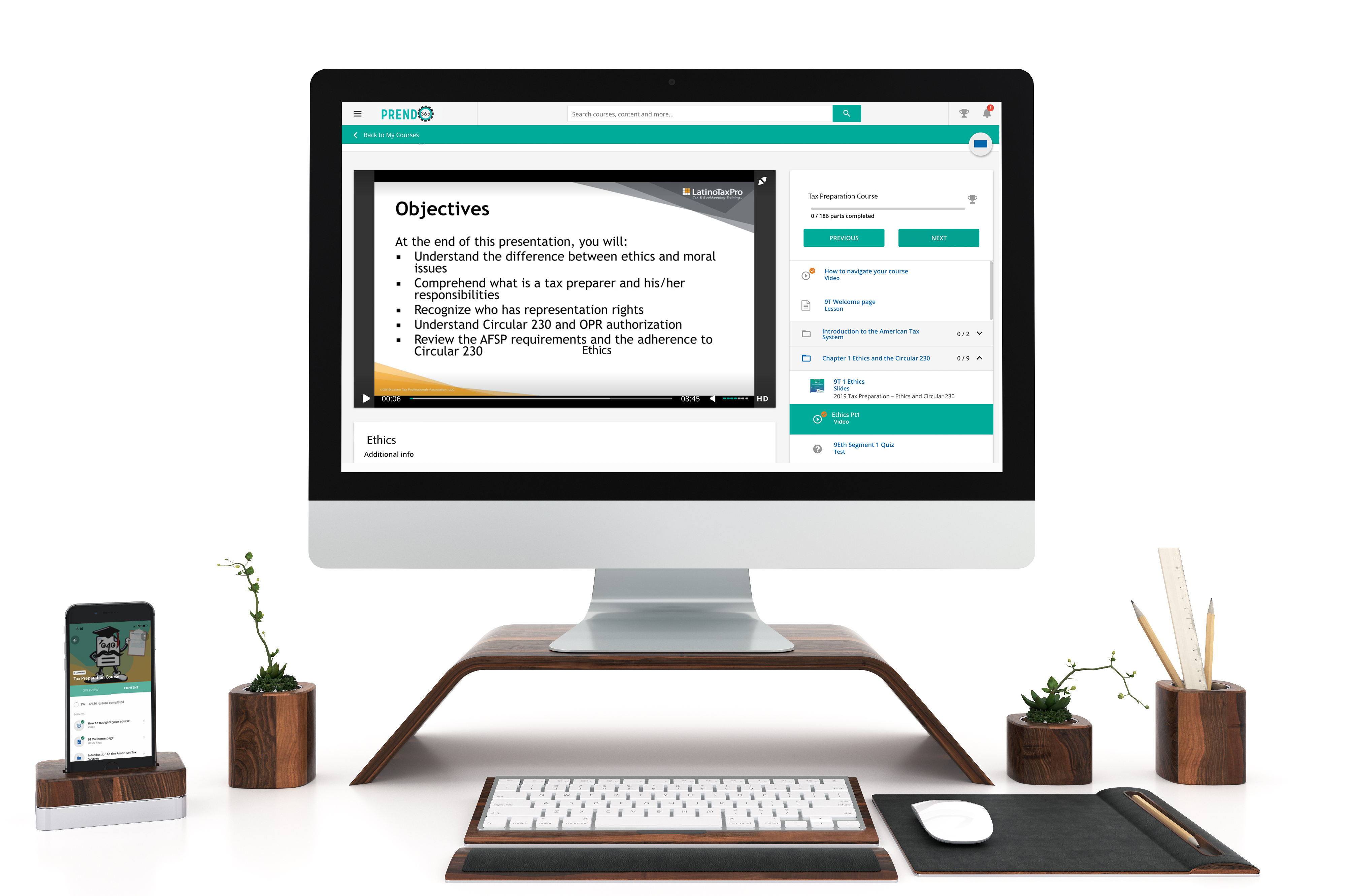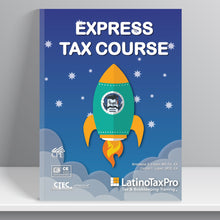Description
This basic course gives an overview of Form 1040. Topics include filing status, standard and itemized deduction, income, which form to use, what credits the taxpayer qualifies for and how to determine a qualifying dependent for the taxpayer. Other topics covered are capital gains and losses, adjustments to income and much more.
Objectives
At the end of this course, the student will be able to do the following:
- Understand the importance of safeguarding the taxpayer’s documents
- Realize when to use Form 4868.
- Understand the different e-filing options.
- Understand how to complete Schedule 2 of the Form 1040.
- Explain how a nonrefundable credit affects the taxpayer’s tax liability.
- Explain which deductions are limited to the 7.5% floor.
Field of Study: Federal Tax Law 10 hours, Behavioral Ethics 2 Hours
Course Level: Basic
Prerequisite: None
Delivery Method: Self-Study
Expiration Date to earn CEs: June 30, 2026.

Self Study
Learn at your own pace, read or watch the lessons, pass the exams.
Mobile Friendly
Learn on your phone, tablet, or computer.
Bilingual
All our courses are available in English y español.
Career Paths
No matter where you’re at in your career, we have courses for you.
Simple Learner Experiences
Prendo365 gives you access to your course anytime, anywhere, on desktop, tablet, or mobile device. You're able to easily navigate through your course and receive your certificate of completion.
Why choose us
Over 35+ years tax preparation experience
We know what tax preparers need to succeed in their office
7+ EA’s and tax preparers on staff
Our team does extensive research to ensure you receive the best education
Bilingual live support
Having technical issues? We're ready to help you get started and complete your course.






